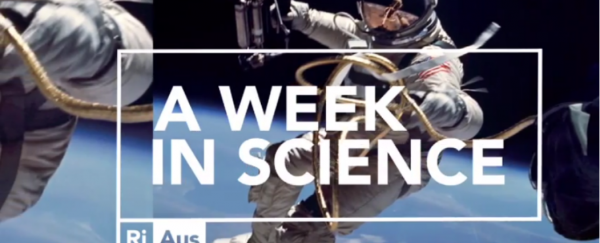
Where would a Top Five list of anything be without an entry related to vertebrate sex? Okay, maybe that's going a little too far, but RiAus have declared the discovery of the very origins of the sex we enjoy today as worthy of the fifth spot on their list. The discovery came courtesy of some fossilised 395 million-year-old fish that revealed our earliest aquatic ancestors most likely did it sideways.
What could be the largest dinosaur ever discovered is A Week in Science's number four story for 2014. The fossils of a titanosaur sauropod were found by a farmer in Argentina, and was given the very appropriate name of Dreadnoughtus. Palaeontologists have estimated that this 100-million-year-old gigantoid weighed almost 60 tonnes, was two storeys tall at the shoulder, and measured a massive 26-metres long long from nose to tail.
At number three - will 2014 go down as the year that many nations around the world started to take notice of climate change? In October last year, an European Union agreement aimed to cut carbon emissions by up to 40 percent of 1990s levels by the year 2030. And in November, the US and China - the world's largest carbon emitters - agreed to curb their carbon outputs, says RiAus in the video above.
Landing a probe on a speeding comet for the first time in history? That's the number two science news story of 2014, according to RiAus. This 10-year-long project involved a half-billion-kilometre race to have the Philae probe and the 67P/Churyumov–Gerasimenko comet meet up perfectly in the vastness of space. "That's a pretty incredible feat, akin to firing an arrow in Perth, and landing a bullseye in Sydney," says A Week in Science. Before its batteries died, little Philae managed to detect organic molecules on the comet.
And finally, what's the number one science news story of 2014, according to RiAus's A Week in Science? Well, we're not going to spoil it, you'll have to watch the video above to find out.
Source: RiAus
